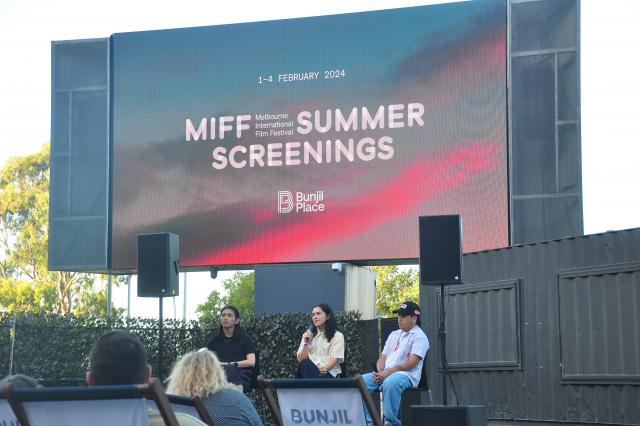
By Ethan Benedicto
With a run time of roughly 16 minutes, Hafekasi was able to deliver a powerful performance with messages of identity, personal growth and deep-rooted discrimination.
Directed by Annelise Hickey, the film features Mona, a young half-Tongan girl and her white Australian mother, and has won multiple awards since its screening, such as the Tribeca 2023 Best Narrative Short Special Jury Mention and the MIFF 2023 Award for Emerging Australian Filmmaker.
Other awards include the BIFF 2023 Award for Best Global Short Film and the SCAD Savannah Film Festival 2023 Award for Best Global Short Film: Beyond Identity.
When it comes to shining light on issues such as that of identity around race and discrimination, Ms Hickey agreed that films can serve as effective mediums.
“I definitely think that through film and stories or television, they’re a good way to express how different people live in the same country.
“Films are a good way to explore, and for us to fall in love with characters and see things from a different point of view.
“People don’t like being called out and it’s hard to do through art, but it’s still a way,” Ms Hickey said.
Delving deep into the crises of finding oneself as a child, the film uses multiple methods to convey the message, through the vibrant colour palette reminiscent of 90s Australia, the use of sound and noises, and the shaky cam whose movement mirrored Mona’s feelings.
The narrative is smooth and the story of Mona, played by Izabelle Tokava, effectively encapsulates how a young girl grapples with who she really is, through familial interactions, through strangers and her own actions.
Nothing is forced, not through the hands of Ms Hickey as director or through the character of the mum, who is played by Laura Gordon.
Throughout the film Mona is left to her own devices, the mother allows space for her child to experience growth herself and never intrudes or directs Mona’s feelings.
Validation, comfort and peace are what embodied the actions of the mother, and is what allowed for Mona, though through a rebellious act, to discover and take the first step into the world of Tongan culture.
The film unfolds softly on the audience, making itself clear of its direction and most of all, is a stellar representation of showing instead of telling.








